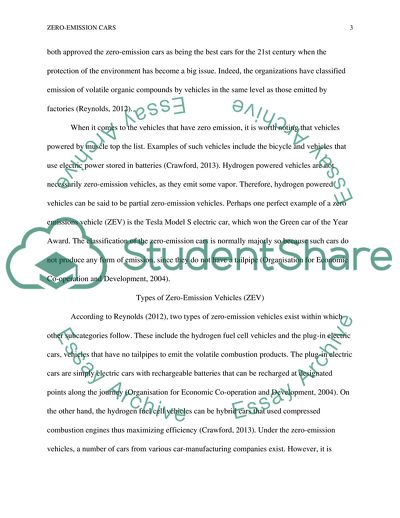Cite this document
(Why Zero-Emission Cars are better than the Fuel Car Case Study, n.d.)
Why Zero-Emission Cars are better than the Fuel Car Case Study. Retrieved from https://studentshare.org/technology/1818636-why-zero-emission-cars-are-better-than-the-fuel-car
Why Zero-Emission Cars are better than the Fuel Car Case Study. Retrieved from https://studentshare.org/technology/1818636-why-zero-emission-cars-are-better-than-the-fuel-car
(Why Zero-Emission Cars Are Better Than the Fuel Car Case Study)
Why Zero-Emission Cars Are Better Than the Fuel Car Case Study. https://studentshare.org/technology/1818636-why-zero-emission-cars-are-better-than-the-fuel-car.
Why Zero-Emission Cars Are Better Than the Fuel Car Case Study. https://studentshare.org/technology/1818636-why-zero-emission-cars-are-better-than-the-fuel-car.
“Why Zero-Emission Cars Are Better Than the Fuel Car Case Study”, n.d. https://studentshare.org/technology/1818636-why-zero-emission-cars-are-better-than-the-fuel-car.


